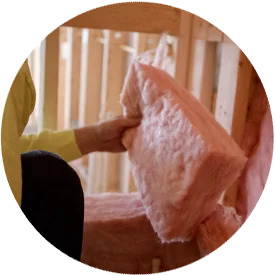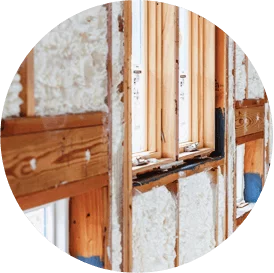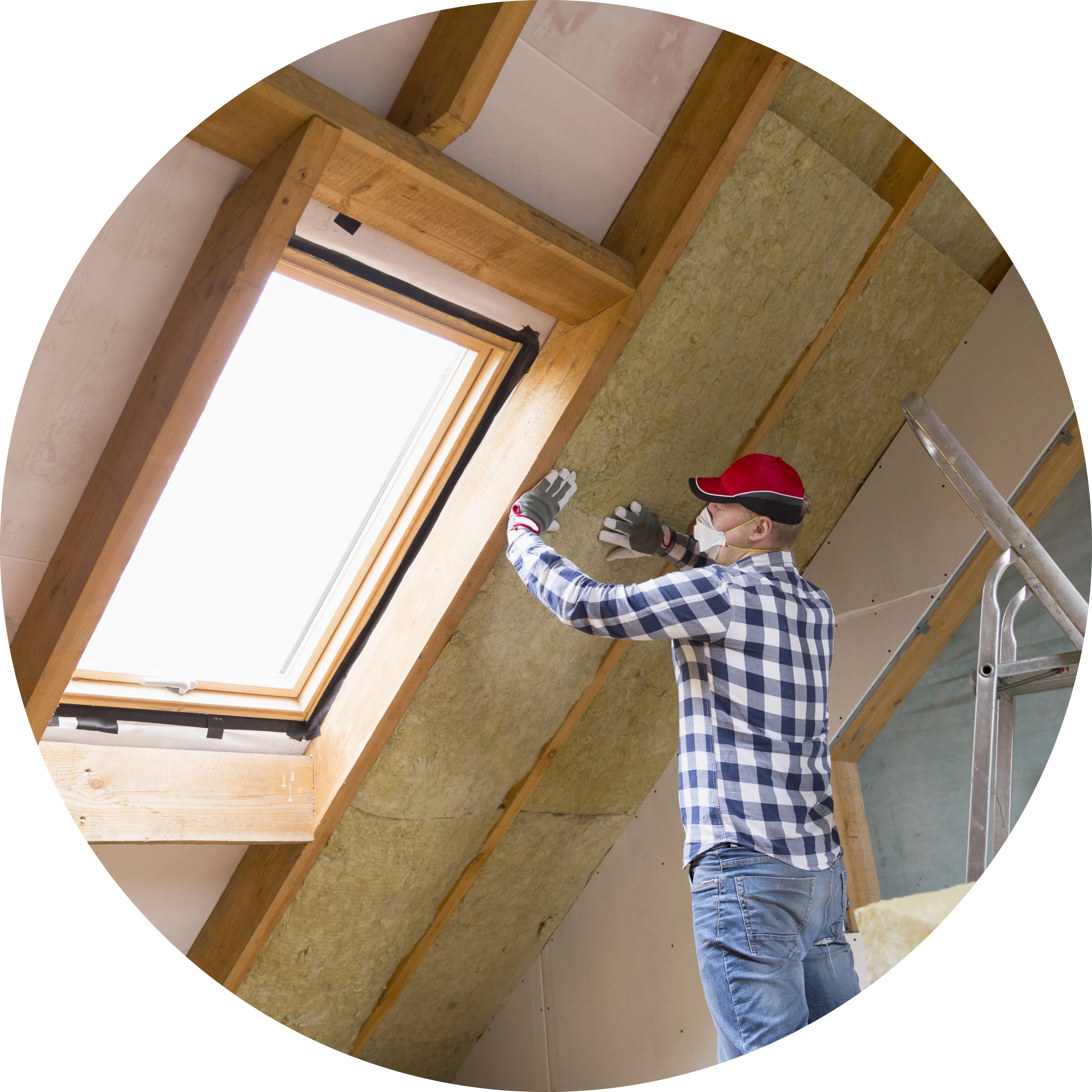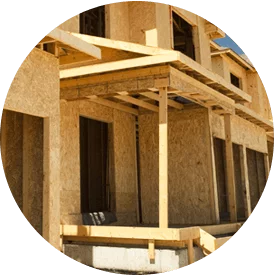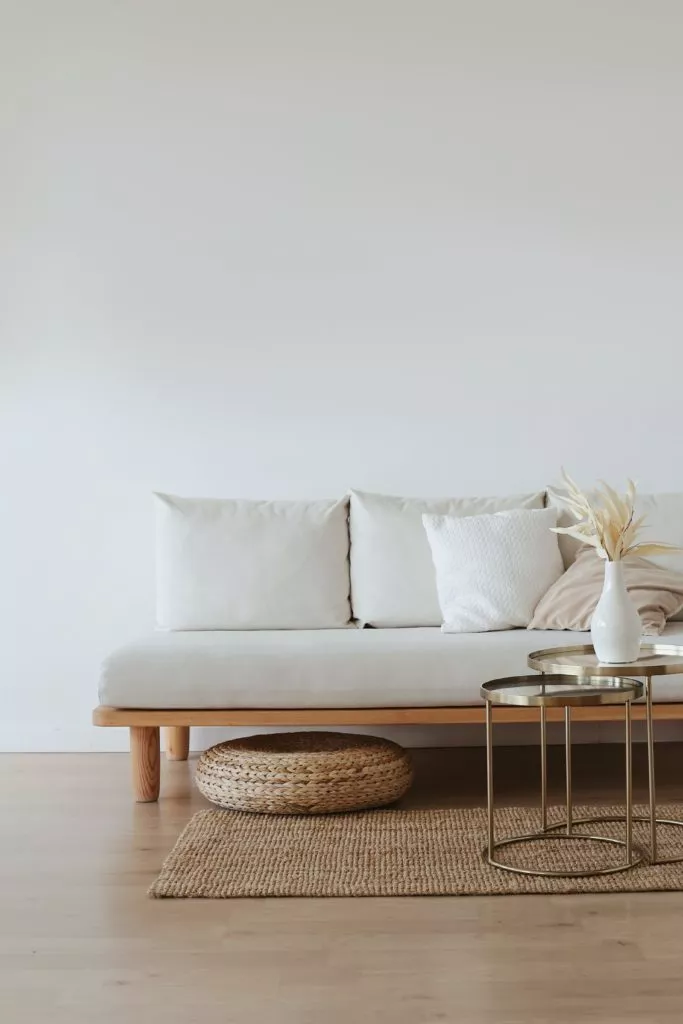
Both options have their own advantages and disadvantages, and understanding the differences can help you make the most informed decision for your property.
In this blog post, the building experts at Alpine Insulation discuss the key differences between drywall and plaster, providing the pros and cons of each so you can decide what’s best for your needs.
Drywall: What It Is & Common Uses
Drywall — also referred to as gypsum board, sheetrock, cement board or wallboard — is a popular building material most commonly used in interior walls and ceilings.
Composed of gypsum plaster sandwiched between two layers of paper, drywall is manufactured in large sheets and is relatively easy to install, making it the preferred choice for most construction projects.
Compared to plaster, drywall is softer and therefore less prone to cracking; however, it’s less dense, which results in a lower R-value. With a rating of approximately R-0.5 per half-inch, drywall might not be great for those seeking robust soundproofing.
However, drywall is still suitable for preventing sound from carrying between rooms in your home and can be installed in bedrooms, living rooms, kitchens and bathrooms.
Plaster: What It Is & Common Uses
A time-honored material that’s been used in home construction since the late 1700s, plaster is typically created from cement, sand, water and minerals. Modern-day plaster formulas may also include gypsum or other additives.
Unlike drywall, plaster is applied in layers rather than manufactured in sheets, requiring a skilled contractor to ensure it’s installed smoothly and evenly.
Boasting a sound transmission class rating 52% higher than gypsum, plaster has an R-value that’s roughly twice that of drywall, making it a better insulator. While plaster shouldn’t replace traditional insulation materials, it adds a boost to both insulation and air sealing.
If soundproofing is a concern for your property, pick plaster over drywall — it’s much more capable of reducing noise transfer.
Benefits of Drywall
With so many benefits in plaster’s favor, you may be wondering why anyone chooses drywall for their construction projects. The answer lies in your project’s specific needs.
Drywall may be the preferred option if:
- You want quicker project completion, since drywall doesn’t take as long to install.
- You’re not worried about gaps.
- You’re not a fan of the echo that plaster can produce and want to minimize indoor sound carriage.
- You’re designing a retail store that requires frequent redesigns.
- You’re committed to performing routine maintenance.
Benefits of Plaster
For most other projects, plaster is typically the preferred material. You may want to consider plaster for your project if:
- You live with children or pets and are concerned about the longevity of your walls.
- You plan to install trowel finishes or bull-nose effects.
- You’re concerned about fire safety.
- You’re looking to incorporate decorative or handmade finishes.
- You want a low-maintenance solution.
Choose Alpine Insulation for Your Drywall & Plaster Needs
Whether you’re looking to install plaster or drywall for your construction project, Alpine Insulation offers the comprehensive solutions you need to ensure lasting structural integrity for your property.
With over 40 years of service experience and a deep commitment to your complete satisfaction, we’re confident we can deliver unsurpassed durability and strength in every project.
Contact our team to request drywall or plaster installation with Alpine Insulation today.

